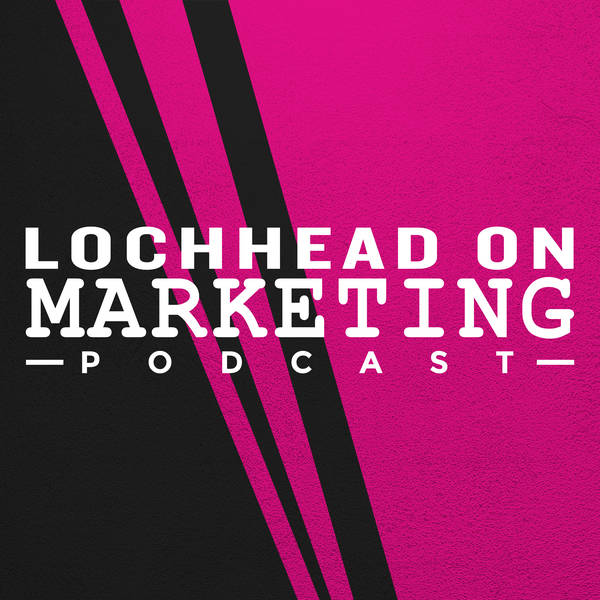
144 The First Native Analog vs Native Digital War: Volodymyr vs Vladimir (And What It Means For Every CEO & CMO)
Welcome to a very special episode of Lochhead on Marketing. This episode is based on a recent Category Pirates newsletter that we wrote, which is about Ukraine, the Native Analog and Native Digital war, and what it means for every business person.
If you haven’t subscribed to Category Pirates?☠️ yet, click the link and check it out. You’ll find a few goodies and mini-books waiting for you there.
That said, think of this episode as more of an audiobook than a podcast, as I will be reading the article for you. Without further ado, let’s get to reading.
Part I
Over the past year, we have written extensively about the bifurcation between Native Analogs & Native Digitals.
Native Analogs are Baby Boomers and Gen Xers born anywhere from the 1940s all the way up to the early ‘80s. Today, they range between the ages of 40 to 75, and make up approximately 136.8 million Americans.
Native Digitals are Millennials, Gen Zers, and beyond, born between the early 1980s to as recently as the 2010s. These demographics are around 35 years of age on the high end, down to as young as 6 years old, and make up approximately 140.1 million Americans.
Much has been written in the past 20 years about “Digital Natives,” but this is a loose understanding of the chasm between these two demographics. When we say “Native Analogs” and “Native Digitals,” we are not talking about age.
We are talking about identity.
“Native Digital” is not a mindset. It does not mean “some people embrace technology while others do not.” It also doesn’t mean if you’re old, you’ll never “get it.” We created the terms Native Analog and Native Digital to introduce shared language that would allow society to discuss the differences between people whose primary life experience is Analog-first (in the real world) from people whose primary life experience is Digital-first (online).
Again, this is not an Old vs Young issue.
This is a first-time-ever-in-human-history phenomenon: Native Analogs are the last of a dying breed, and Native Digitals are a new category of human.
And from here on out, there will never be another Native Analog generation born ever again.
Think about that.
Part II
Native Digitals grew up integrated with the digital world.
They had smartphones before they had college degrees, high school diplomas, or (for Gen Zers) a bicycle to ride around the neighborhood. (“Bicycle? Why? All my friends are online.”) They grew up integrated with the cloud. They don’t know what it’s like to not have the answer to any and every question in their pocket, two taps and a swipe away. The digital world is where they primarily live.
(And when parents restrict their screen time, whether they realize it or not, they are removing them from their primary lives and threatening their core life experience.)
The Native Analog & Native Digital lens is fascinating in and of itself, but it gets more powerful when changes in the world are viewed and understood through it.
For example: nowhere in the media have we seen anyone discuss the Russia/Ukraine war through the Native Analog & Native Digital lens.
Most people think this support for Ukraine “just happened” (the same way most business media think demand for a given business just “happens,” like the weather). It did not. The support was created—in exactly the same way Category Designers create net-new demand out of thin air.
Volodymyr’s digital dominance has led to historic pressure being put on governments and corporations to inflict more economic pain on Russia than has ever been levied on any country, ever. It used to be that what happened in the analog world dictated what happened in the digital world—but now, the two have flipped (and most people don’t see this radical transformation happening in plain sight). Digital stories, digital messages, digital photos, digital conversations, and the subsequent digital movement in support for Ukraine that has had catastrophic consequences for Russia in the analog world.
